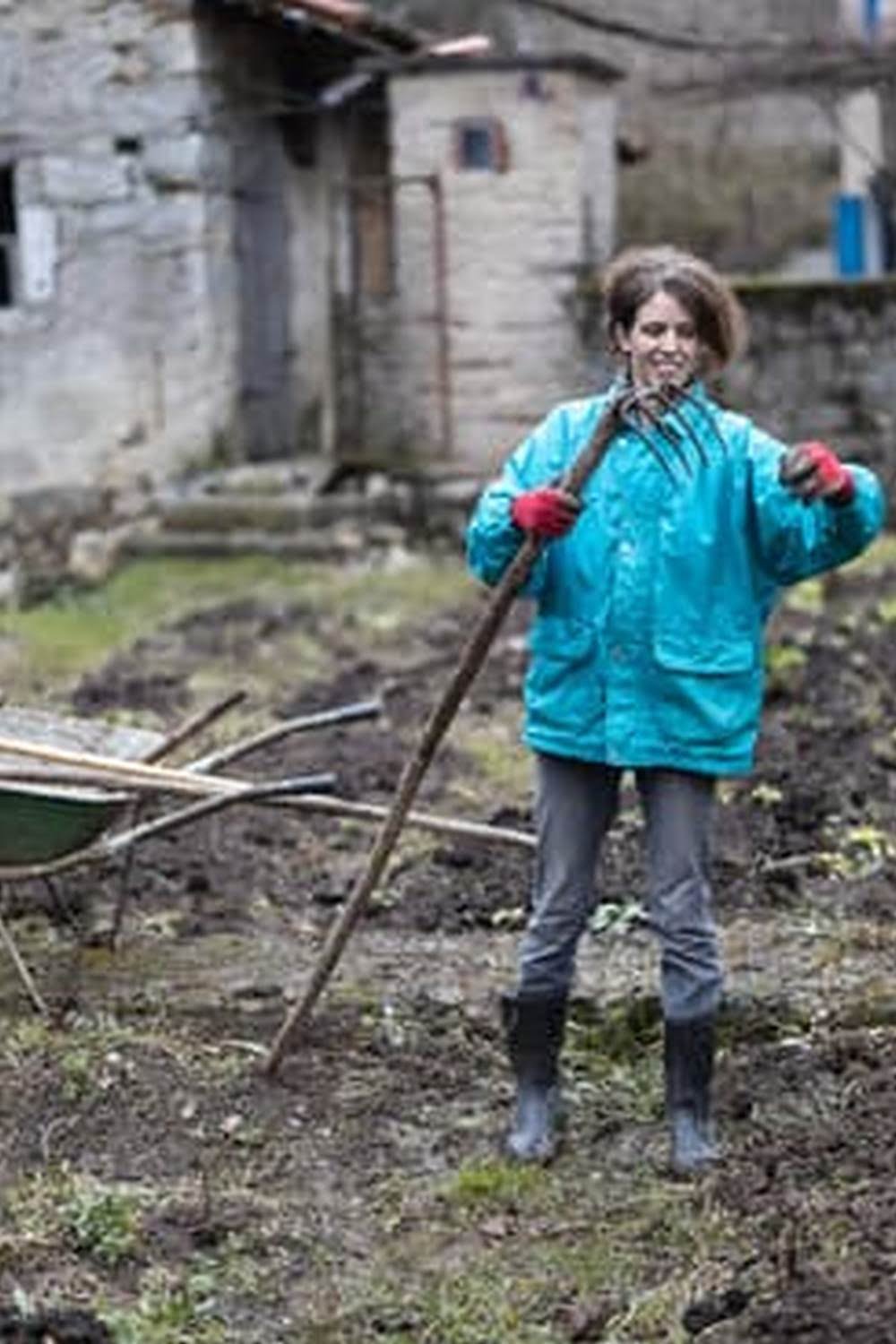The unique climate and landscape of the Southwest present both challenges and opportunities for vegetable gardening. For gardeners in this region, selecting the right tomato varieties is crucial for successful cultivation. Understanding the specific needs of tomato plants in this environment is essential to maximize yield and quality.
With its hot, arid climate and intense sunlight, Southwest gardens require careful consideration when choosing which tomato varieties to grow. Heat-tolerant and drought-resistant options are particularly well-suited to thrive in these conditions. This article provides a comprehensive overview of the best tomato varieties for Southwest gardens, offering valuable insights into their planting and care requirements.
By highlighting specific tomato varieties that can withstand the challenges posed by the Southwest climate, this article aims to assist gardeners in making informed choices for their vegetable gardens. Additionally, expert tips and best practices will be shared to help maximize the yield of tomatoes in Southwest gardens, as well as advice on proper harvesting and storage techniques. Stay tuned for valuable insights on cooking with tomatoes from Southwest gardens and quotes from gardening experts specializing in this region.
Understanding Tomato Varieties
When it comes to choosing the right tomato varieties for Southwest gardens, it’s important to consider the unique climate and growing conditions of this region. The Southwest is known for its hot and dry weather, which can pose challenges for traditional vegetable gardening. However, there are several tomato varieties that are well-suited for this environment, including heat-tolerant and drought-resistant options.
One popular variety for Southwest gardens is the “Sun Gold” cherry tomato. This variety is known for its sweet and tangy flavor, vibrant orange color, and exceptional tolerance to heat. Another excellent choice is the “Super Sioux” tomato, which is prized for its ability to withstand high temperatures and thrive in arid conditions. Additionally, “Roma” tomatoes are a great option for Southwest gardens due to their resistance to cracking and their suitability for drying.
In addition to these specific varieties, there are certain characteristics that gardeners should look for when selecting tomato plants for Southwest gardens. Traits such as heat tolerance, disease resistance, and efficient water usage are crucial considerations in this region. By choosing the right varieties and paying attention to these key characteristics, gardeners can ensure successful tomato cultivation in their Southwest gardens.
| Tomato Variety | Main Characteristics |
|---|---|
| Sun Gold cherry tomato | Sweet flavor; vibrant orange color; heat tolerance |
| Super Sioux tomato | Tolerance to high temperatures; suitable for arid conditions |
| Roma tomato | Resistance to cracking; suitable for drying |
Best Tomato Varieties for Southwest Gardens
When it comes to gardening in the Southwest, choosing the right tomato varieties is crucial for a successful harvest. The arid climate and intense heat can pose challenges for growing tomatoes, but there are specific varieties that thrive in these conditions. Here are some of the best tomato varieties for Southwest gardens:
1. Roma Tomatoes:
Roma tomatoes, also known as plum tomatoes, are well-suited for Southwest gardens due to their heat tolerance and high yield. These oblong-shaped tomatoes are perfect for making sauces, pastes, and canning. Their dense flesh and low seed count make them ideal for hot and dry climates.
2. Celebrity Tomatoes:
Celebrity tomatoes are a popular choice for Southwest gardens because of their disease resistance and exceptional flavor. These medium-sized tomatoes are versatile in the kitchen and perform well in the heat. They produce an abundance of fruit throughout the season, making them a reliable option for gardeners in the Southwest.
3. Sun Gold Cherry Tomatoes:
For those looking to add a pop of color and sweetness to their garden, Sun Gold cherry tomatoes are an excellent choice. These golden-orange cherry tomatoes have a sugary taste and are highly productive even in hot climates. They add a burst of flavor to salads and can be eaten straight off the vine as a delicious snack.
With these heat-tolerant and drought-resistant tomato varieties, Southwest gardeners can enjoy a bountiful harvest despite the challenging climate. When planting these varieties, be sure to provide adequate support and water deeply at regular intervals to help them withstand the extreme conditions of the region. By selecting the right tomato varieties, gardeners can successfully grow an abundance of flavorful tomatoes in their Southwest gardens.
Planting and Care Tips
When it comes to planting and caring for tomato varieties in Southwest gardens, it is important to take into consideration the unique climate and landscape of the region. The Southwest is known for its hot, arid conditions, making it a challenging environment for vegetable gardening. However, with the right knowledge and techniques, it is possible to successfully grow thriving tomato plants in this region.
One of the first steps to consider when planting tomatoes in Southwest gardens is soil preparation. It is essential to ensure that the soil is well-draining and nutrient-rich. Amending the soil with organic matter such as compost or aged manure can help improve its structure and fertility, providing an optimal growing environment for tomato plants. Additionally, maintaining a slightly acidic soil pH level (around 6.0-6.8) can also benefit tomato growth in Southwest gardens.
In terms of watering, it is crucial to be mindful of the water needs of tomato varieties in Southwest gardens, especially during the hot summer months. While tomatoes require consistent moisture to thrive, overwatering can lead to issues such as root rot.
Using a soaker hose or drip irrigation system can help deliver water directly to the base of the plants while minimizing water evaporation in the dry Southwest climate. Mulching around tomato plants can also aid in retaining soil moisture and regulating temperatures.
Pest management is another important aspect of caring for tomato varieties in Southwest gardens. Common pests such as aphids, whiteflies, and hornworms can pose a threat to tomato plants in this region.
Utilizing natural pest control methods like companion planting with marigolds or using neem oil sprays can help deter pests without harmful chemical pesticides that could negatively impact the local ecosystem. Regularly inspecting plants for signs of pest damage and taking proactive measures can help mitigate potential issues before they become serious threats to the garden’s tomato crop.
Maximizing Yield
When it comes to growing tomatoes in Southwest gardens, maximizing yield is essential for a successful harvest. The unique climate and environmental conditions of the region require careful planning and cultivation techniques to ensure that tomato plants thrive and produce an abundant crop. In this section, we will explore a variety of tips and tricks for maximizing the yield of tomato varieties in Southwest gardens, including pruning techniques and proper support systems.
Pruning Techniques
Proper pruning is essential for maximizing the yield of tomato plants in Southwest gardens. By removing excess foliage and side shoots, you can encourage the plant to focus its energy on fruit production rather than excessive vegetative growth.
When pruning tomato plants in the Southwest, it’s important to use sharp, clean garden shears to avoid damaging the plant. Focus on removing any suckers that develop in the crotch between the main stem and branches, as well as any excess foliage that may impede airflow or sunlight penetration.
Proper Support Systems
In Southwest gardens, proper support systems can make a significant difference in the overall health and productivity of tomato plants. Consider using sturdy stakes or cages to support your tomato plants and prevent them from sprawling on the ground.
This not only helps protect the fruit from rotting but also allows for better air circulation around the plants, reducing the risk of disease. Additionally, using support systems can prevent fruit from lying directly on the soil, which can lead to issues such as pests and rot.
Fertilization and Mulching
In addition to pruning techniques and proper support systems, fertilization and mulching are also critical for maximizing yield in Southwest gardens. Consider using a balanced fertilizer with a higher phosphorus content (the second number on a fertilizer label) to promote robust fruit production. Additionally, applying a layer of organic mulch around your tomatoes can help conserve soil moisture, regulate soil temperature, suppress weed growth, and add valuable nutrients to the soil as it breaks down over time.
Through careful attention to pruning techniques, proper support systems, fertilization, mulching methods can significantly increase your yield when growing tomatoes in Southwest gardens. These tips can help home gardeners enjoy bumper crops of delicious tomatoes throughout the growing season.
Harvesting and Storing Tomatoes
Tomatoes are a staple in many Southwest gardens, thanks to their versatility and delicious flavor. When it comes to harvesting and storing tomatoes in this region, there are some best practices to keep in mind to ensure that you get the most out of your crop.
First, it’s crucial to wait until the tomatoes are fully ripe before harvesting them. For many varieties, this means waiting until the fruits have developed their full color and are slightly soft to the touch. It’s essential not to rush this process, as tomatoes that are picked too early may not develop their full flavor.
Once your tomatoes are ready for harvest, gently pluck them from the vine with a slight twist. Be careful not to bruise or damage the fruit during this process, as any injuries can lead to spoilage during storage.
When it comes time for storing your freshly harvested tomatoes, there are several options to consider. If you plan on using your tomatoes relatively quickly, storing them at room temperature is suitable. However, if you have an abundance of tomatoes and need them to last longer, refrigeration or canning might be more appropriate.
Overall, proper harvesting and storage techniques can make all the difference in getting the most out of your tomato crop in Southwest gardens.
| Harvesting Tips | Storage Options |
|---|---|
| Wait until fully ripe | Room temperature |
| Gently pluck from vine | Refrigeration |
| Avoid bruising or damage | Canning |
Cooking With Southwest Tomatoes
When it comes to cooking with tomatoes from Southwest gardens, the possibilities are endless. The unique climate and soil of the Southwest region contribute to the rich, flavorful taste of locally grown tomatoes, making them a versatile ingredient for a variety of dishes. From fresh salads to hearty soups and savory sauces, Southwest tomatoes add a burst of vibrant color and robust flavor to any meal.
Delicious Tomato Recipes
One popular way to showcase the delicious flavor of Southwest tomatoes is by preparing a classic Caprese salad. This simple yet elegant dish combines thick slices of ripe tomatoes with fresh mozzarella cheese, basil leaves, and a drizzle of balsamic glaze. The sweetness of the tomatoes pairs perfectly with the creamy texture of the cheese, creating a refreshing appetizer or side dish.
For those looking for heartier fare, consider making a batch of homemade tomato sauce using ripe plum tomatoes from your Southwest garden. Simmered with garlic, onions, and fresh herbs, this versatile sauce can be used as a base for pasta dishes, pizza toppings, or even as a dipping sauce for breadsticks. The intense flavor of locally grown tomatoes elevates any recipe that calls for tomato sauce.
Meal Ideas Featuring Southwest Tomatoes
In addition to traditional recipes that highlight the delicious flavor of Southwest tomatoes, these versatile fruits can also be incorporated into a wide range of culinary creations. Try adding chopped tomatoes to salsas, guacamoles, or fresh pico de gallo for an extra burst of freshness and zing. For those craving comfort food, consider using diced tomatoes in chili recipes or adding sliced cherry tomatoes to grilled vegetable skewers for a vibrant pop of color.
Whether you prefer light and refreshing summer salads or comforting winter stews, incorporating locally grown tomatoes from Southwest gardens into your cooking not only enhances the flavor but also supports local agriculture. By exploring new recipes and meal ideas featuring these fresh ingredients, home chefs can truly appreciate the beauty and bounty that come from cultivating tomato varieties in Southwest gardens.
Expert Advice
In conclusion, gardening in the unique climate and landscape of the Southwest presents its own set of challenges and opportunities. When it comes to vegetable gardening, especially growing tomatoes, understanding the right varieties for this region is crucial. By selecting heat-tolerant and drought-resistant tomato varieties that thrive in the Southwest climate, gardeners can ensure a successful harvest.
It’s essential to consider factors such as soil preparation, watering, and pest management when planting and caring for tomato varieties in Southwest gardens. With proper care and attention to detail, gardeners can maximize the yield of their tomato plants by implementing techniques such as pruning and providing adequate support systems. This will not only lead to a bountiful harvest but also ensure the health and vitality of the plants throughout the growing season.
To truly make the most of the tomatoes harvested from Southwest gardens, there are plenty of delicious recipes and meal ideas that feature these versatile fruits. From fresh tomato salads to savory sauces and salsas, there are countless ways to enjoy the flavorful produce from your garden.
Overall, with expert advice on selecting the best tomato varieties for Southwest gardens and following top tips for successful cultivation in this region, gardeners can look forward to a rewarding experience and a plentiful harvest of delicious tomatoes.
Frequently Asked Questions
What Is the Most Flavourful Tomato Variety?
The most flavorful tomato variety is often considered to be the heirloom tomato. These tomatoes come in a wide range of colors, shapes, and sizes, each with its own unique and intense flavor profile.
What Are the Best Homegrown Tomato Varieties?
Some of the best homegrown tomato varieties include Sungold, Cherokee Purple, Brandywine, and Black Krim. These varieties are known for their exceptional taste and ability to thrive in home garden environments.
What’s the Difference Between Tomatoes and Heirloom Tomatoes?
The main difference between tomatoes and heirloom tomatoes lies in their cultivation and genetics. While regular tomatoes are bred for consistency and uniformity, heirloom tomatoes are open-pollinated varieties that have been passed down through generations for their unique traits and flavors.

If you’re looking to get into vegetable gardening, or are just looking for some tips on how to make your current garden better, then you’ve come to the right place! My name is Ethel and I have been gardening for years. In this blog, I’m going to share with you some of my best tips on how to create a successful vegetable garden.





